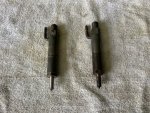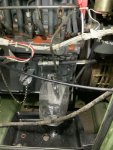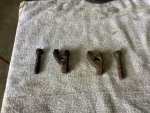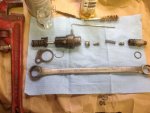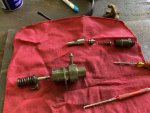I have seen poor injection caused by residual air in a fuel line; as
@Ray70 points out the fuel regulation and injection is dependent upon the fuel in the line to the injector being incompressible to deliver fuel to the injector. If the air is trapped there, the pressure pulses, but never gets to a high enough pressure to inject. Some engines (injection pumps) are better than others at flushing air out.
After re-reading
@Waterhouse's posts, it is not clear to me that the injectors have ever been tested to see if they function. That would be my next step.
All the best,
2Pbfeet



